Preserving and promoting heritage values is not only the responsibility of management agencies and authorities, because if we want traditional values to be transmitted and developed sustainably in the flow of contemporary culture, it is also the responsibility of the whole community.
But in the age of cultural industry, how can heritage exploitation still ensure the core principles of fair remuneration, respect for intellectual property rights, and sustainable knowledge transfer? How can creativity not become an act of memory appropriation?
Where does the foundation for sustainable innovation come from?
Heritage is a collection of traditional cultural values that need to be preserved, but at the same time it is an entity that always moves with the flow of life, changes over time and constantly opens up new perceptions and new uses. This common point is confirmed by experts from many fields such as art researchers, art practitioners, lawyers, etc.
Deputy Head of the Faculty of Cultural and Heritage Industries, School of Interdisciplinary Sciences and Arts (Hanoi National University), Dr. Mai Thi Hanh, said that preservation does not mean “framing” heritage, keeping it in its original state. Because, when placed in a dialogue between the past and the present, heritage will have the opportunity to “live,” to be “reborn” in a new context, acting as a bridge between the past and the present. Even through each generation, heritage needs to be reinterpreted to create a continuous flow of culture.
According to experts, heritage conservation needs to be linked with creativity to bring new values to people. And, artisans are the ones who play the role of breathing life into heritage, helping it to be maintained and transformed over time. Therefore, when exploiting heritage values in modern life, artisans become the center contributing to the creation and regeneration of heritage.
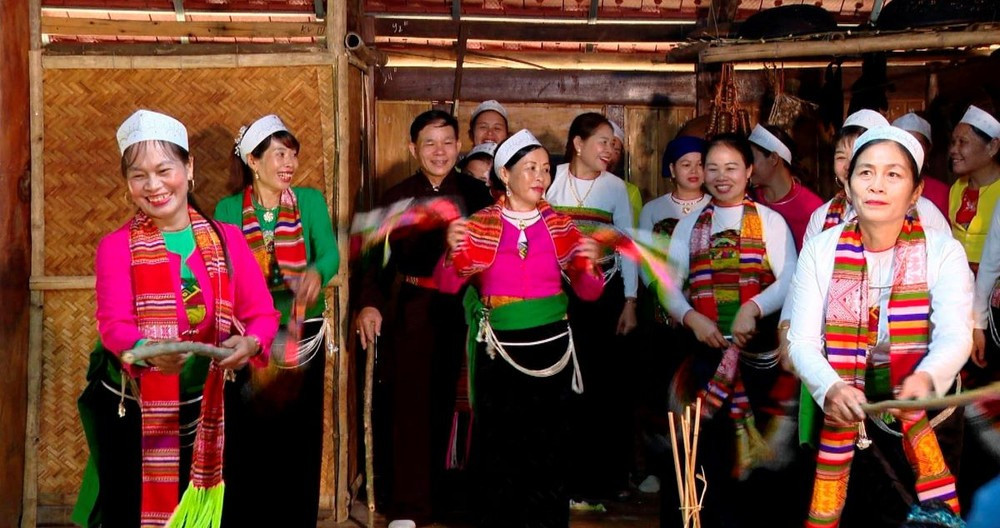
Regarding this issue, Director of the Center for Promotion and Publicity of Intangible Cultural Heritage of Vietnam, Nguyen Thi Le Quyen shared: In a cultural exchange program in India, when the organizers knew that the Vietnamese delegation had artisans accompanying them, they upgraded the reception to a very respectful level. Accordingly, the delegation was arranged with thoughtful and thorough means of transportation and conditions, even accompanied by bodyguards.
“This not only shows respect for artisans, but also reflects a correct view of their position in cultural life. In culture, respect is the starting point of fairness, and fairness is the foundation for sustainable creativity,” Nguyen Thi Le Quyen emphasized.
A small slice of behavior to see that heritage is not only a memory that needs to be preserved, but this cultural resource needs to be properly activated. Because it is both the material of creativity, but more importantly, the person who holds the heritage needs to be recognized as a “treasure,” to see a society that knows how to appreciate traditional knowledge, knows how to share fairly and build the future from its own internal strength.
Filling the legal gap to protect heritage
If heritage is kept in a “glass cage”, what is there to discuss? The problem is, when it steps out of the conservation space and participates in the chain of creation, then the gap in the legal framework regarding the economic rights of the community that holds indigenous knowledge immediately appears.
Dr. Le Tung Son (Hanoi National University) said that while modern creators can easily register and get intellectual property protection for their personal products, in reality it is very difficult to determine the subject status as well as the accompanying rights for the community that is preserving and transmitting heritage values through many generations.
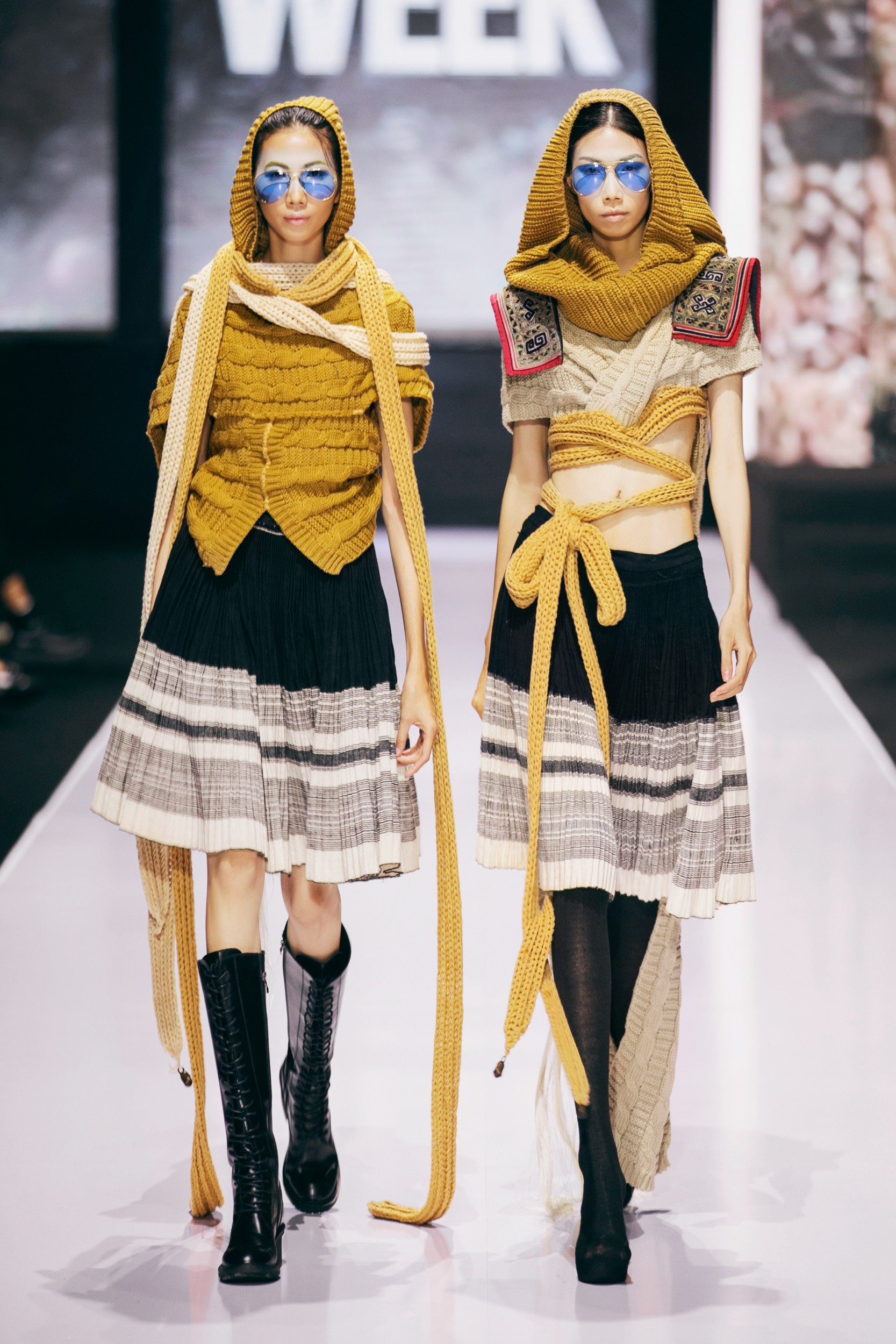

According to this expert, the process of using heritage in creation, intellectual property issues and benefit sharing among stakeholders (artisans, communities, creators) is quite complicated, there is no legal framework and appropriate mechanism to protect the rights of the parties. The lack of a legal framework can easily lead to cultural appropriation - exploiting profits without sharing, acknowledging or fully respecting the originating community.
While the ethical and legal challenges are significant, on the positive side, this has encouraged creators to seek responsible practices where tradition and contemporary can work together to create new value.
Collective Sonson founder, artist Tran Thao Mien shares how she practices creativity by blending traditional crafts with contemporary design. Thao Mien says her secret lies not in copying patterns, but in understanding and applying traditional craft techniques such as weaving, dyeing... into a new design language.
“This requires a co-creation process, where the artisan and designer create the product together. The result is a product that is not only aesthetically pleasing but also contains the story, spirit and value of the heritage,” Thao Mien said.
Obviously, in reality, the preservation and promotion of heritage values in the contemporary cultural flow has been actively inherited and created by young people in an open spirit. However, in order for heritage to accompany creative activities more sustainably, a complete legal framework is still needed. Only then will heritage practitioners feel secure that they are protected, guaranteed fairness and will be able to freely contribute responsibly to the community./.
Source: https://www.vietnamplus.vn/ung-dung-di-san-van-hoa-bao-ve-loi-ich-ra-sao-cho-nhung-no-luc-sang-tao-post1076267.vnp



![[Photo] Prime Minister Pham Minh Chinh attends a conference to review one year of deploying forces to participate in protecting security and order at the grassroots level.](https://vphoto.vietnam.vn/thumb/1200x675/vietnam/resource/IMAGE/2025/11/12/1762957553775_dsc-2379-jpg.webp)



![[Photo] Highways passing through Dong Nai](https://vphoto.vietnam.vn/thumb/1200x675/vietnam/resource/IMAGE/2025/11/12/1762940149627_ndo_br_1-resize-5756-jpg.webp)
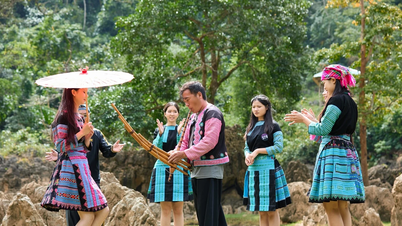
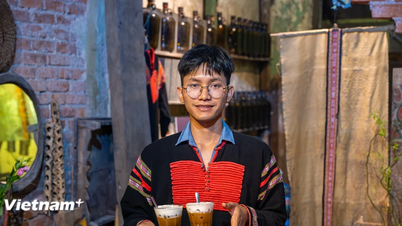
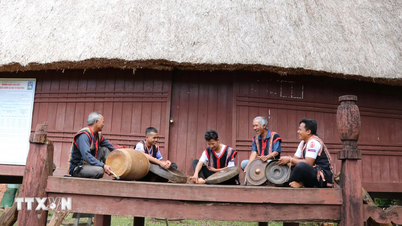







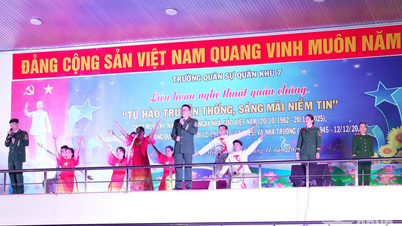






















































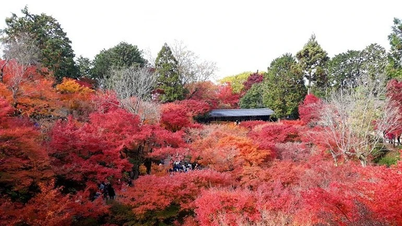









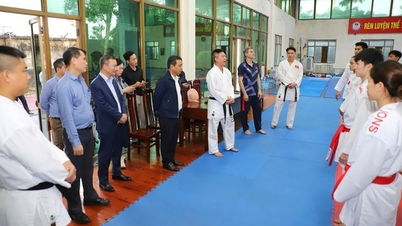







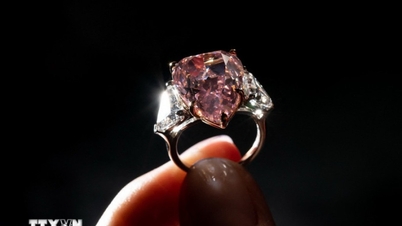


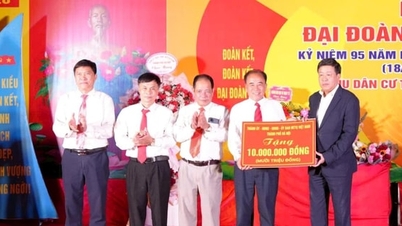

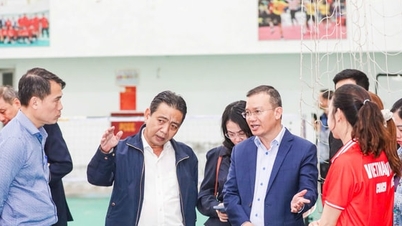






![Dong Nai OCOP transition: [Article 3] Linking tourism with OCOP product consumption](https://vphoto.vietnam.vn/thumb/402x226/vietnam/resource/IMAGE/2025/11/10/1762739199309_1324-2740-7_n-162543_981.jpeg)







Comment (0)